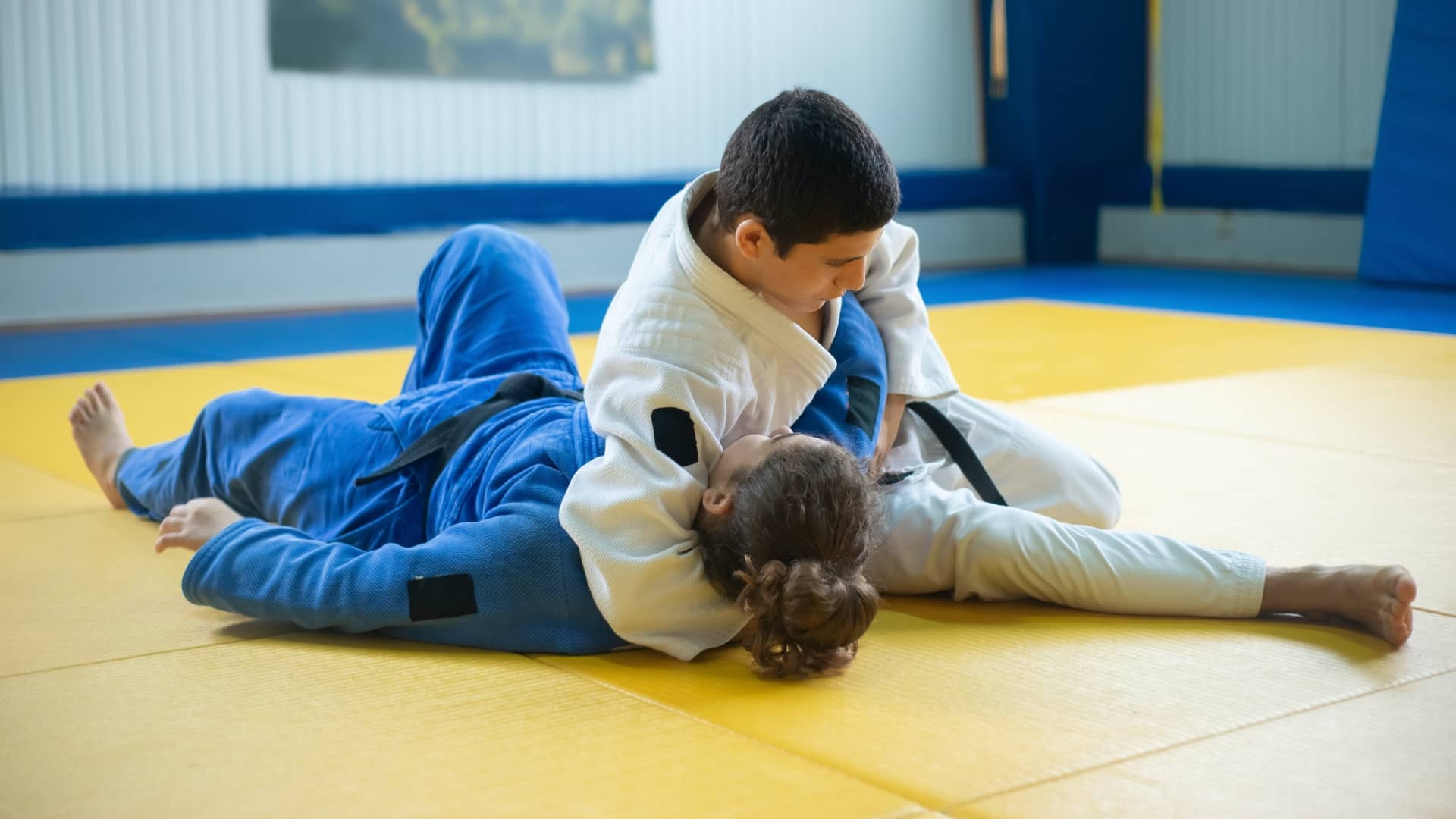When it comes to grappling martial arts, Judo and Jiu-Jitsu are two prominent disciplines that have gained widespread popularity. While they share some similarities, they also have distinct differences in terms of techniques, philosophies, and competition formats. In this article, we will explore the key contrasts between Judo and Jiu-Jitsu, allowing enthusiasts and aspiring practitioners to better understand each art form.
Origins and Philosophies
Judo originated in Japan in the late 19th century. Its primary focus is on throws and takedowns, emphasizing using an opponent's energy and momentum against them. Judo also incorporates ground grappling techniques, known as ne-waza, but the emphasis is placed on achieving a fast and decisive victory through efficient throws and holds.
Jiu-Jitsu, on the other hand, originated in Japan and evolved into Brazilian Jiu-Jitsu (BJJ) in Brazil during the early 20th century. BJJ places a strong emphasis on ground fighting and submission holds, aiming to neutralize an opponent's strength and size advantage through leverage, technique, and joint locks or chokes. The philosophy behind BJJ is that a smaller and weaker person can defend themselves effectively against a larger adversary by utilizing proper technique and leverage.
Techniques and Focus
Judo techniques primarily revolve around throws, trips, and takedowns. Judokas learn to manipulate an opponent's balance and use their own body movements to execute powerful and controlled throws. Once on the ground, Judo practitioners aim to immobilize their opponent with holds or transitions to secure a win.
Jiu-Jitsu, on the other hand, focuses on ground fighting, aiming to control and submit an opponent from various positions. BJJ practitioners learn techniques such as sweeps, escapes, joint locks, and chokes to dominate and subdue their adversaries on the ground. The emphasis is on grappling and submissions, with the goal of forcing an opponent to surrender or submit.
Competition Formats
Judo competitions consist of both standing and ground techniques. Players attempt to throw their opponent onto their back to score an ippon, which results in an immediate win. If an ippon is not achieved, players can accumulate points for throws, holds, or submissions. Judo competitions emphasize speed, technique, and precision, as well as the ability to transition from standing to ground techniques effectively.
Brazilian Jiu-Jitsu competitions focus predominantly on ground fighting. Matches start from a standing position, but the emphasis is on taking an opponent down to the ground and securing dominant positions. Points are awarded for sweeps, passes, and various control positions, with submission attempts highly valued. BJJ competitions often involve longer matches with a greater emphasis on strategy, patience, and the ability to control and submit opponents on the ground.
Training Methods
Both Judo and Jiu-Jitsu training involve rigorous physical conditioning and technical drills. Judo training often incorporates more intense cardiovascular exercises and repetitive throwing practice to develop explosive power and agility. Jiu-Jitsu training includes drilling specific techniques, positional sparring, and live rolling to simulate realistic combat situations on the ground.
Judo and Jiu-Jitsu are two distinct martial arts with unique philosophies, techniques, and competition formats. Judo places a greater emphasis on throws, takedowns, and efficient use of an opponent's energy, while Jiu-Jitsu focuses on ground fighting and submission holds. While they have different strengths and areas of focus, both arts offer valuable skills for self-defence, physical fitness, and personal development. Whether one chooses Judo or Jiu-Jitsu, both disciplines provide individuals with an opportunity to cultivate discipline, confidence, and an understanding of the complexities of martial arts. Ultimately, the choice between Judo and Jiu-Jitsu depends on personal preference, goals, and the aspects of grappling that resonate most with each practitioner.








Leave a comment
Please login to leave a comment.